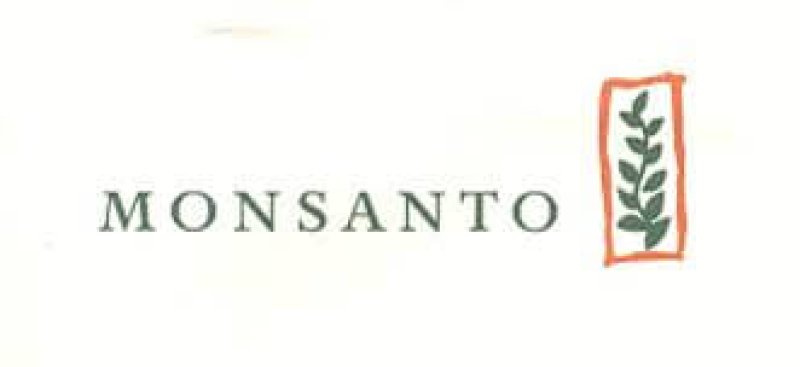OK Go makes power-pop songs—verse, chorus, bridge, chorus. What sets the songs apart is the way in which they are packaged and promoted. In the video for “Here It Goes Again,” a 2006 single, the band executed the choreography on and around eight moving treadmills; recently, for “I Won’t Let You Down,” it released a Busby Berkeley-esque video featuring more than two thousand Japanese schoolgirls. “We drop a hundred and fifty pounds of confetti during every live show,” lead singer Damian Kulash said. “If you use enough confetti, you hardly even need to play the songs.”
Two years ago, at a conference, Kulash met Sri Kosuri, a biochemist at U.C.L.A. “We are starting to reach fundamental limits of how densely we can store data on microchips,” Kosuri told Kulash. “We need new ideas.” Given that Kosuri is a biologist, his idea is DNA. “It’s information,” he said. “Our bodies use it to code for life, but it could be anything.” DNA comes in strings of “A”s, “C”s, “T”s, and “G”s; digital files—including music files—are strings of ones and zeros. Translating one code into the other is, for people like Kosuri, relatively straightforward. In 2012, Kosuri converted a book into DNA. Kulash said, “As soon as I heard that they could do this with a book, I went, ‘This is how we’re putting out our next album.’ ”
“Hungry Ghosts,” OK Go’s fourth studio album, was released a couple of weeks ago as MP3s, a CD, and a vinyl record. Later this year, it will be released as DNA.
“Legally speaking, it’s unclear whether we will be able to sell the DNA to anyone, or how we would physically get it to them,” Kulash said. “This stuff is regulated really fucking heavily.” In theory, an OK Go fan would receive a small plastic vial containing a few drops of water. Dissolved in the water would be a few nanograms of DNA containing around a hundred thousand copies of “Hungry Ghosts.” “Obviously, it’s an artistic gesture and a scientific project, not the most efficient way to actually buy our album,” Kulash said.
Read full original article: Petri-Dish Pop
































